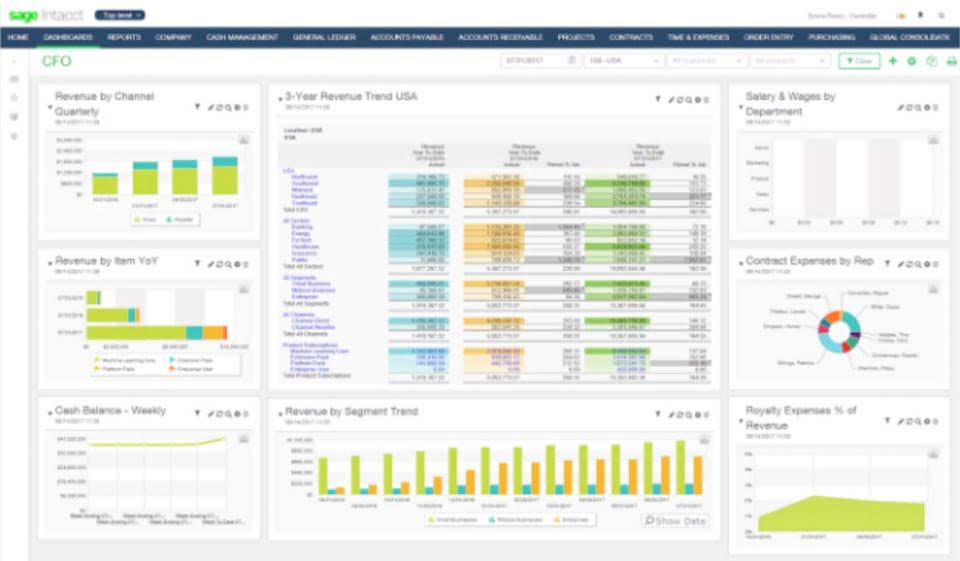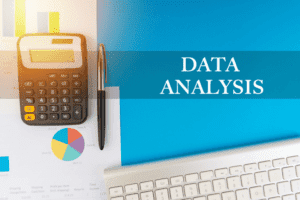
These are not obligations that businesses need to pay after a certain time, unlike liabilities. Liabilities get a special position in the balance sheet as well as in the financial statement. These are obligations or some sort of debt that a business must pay in the future. These obligations can arise from the services the business received but not paid for, or any kind of loan, etc.
- An expense appears more indirectly on the balance sheet where there will always be a decline in the line item of retained earnings within the equity section, by the same amount as the expense.
- Balance sheets are financial statements that companies use to report their assets, liabilities, and shareholder equity.
- Let’s take a look at how to compare your assets and liabilities with this example.
- This means that the buyer can receive supplies but pay for them at a later date.
- Some liabilities such as accounts payable or income taxes payable are essential for daily business operations.
- When you issue bonds, you promise to pay back the bondholders the principal amount plus interest over a specified period.
- HighRadius leverages advanced AI to detect financial anomalies with over 95% accuracy across $10.3T in annual transactions.
Accrual vs. Cash Basis Accounting

Accruals are important for small businesses and sole proprietorships as well. This is especially important for small businesses and sole proprietorships, as they often have limited resources and need to carefully manage their finances. Accruals are also used to account for accrued interest and Travel Agency Accounting other liabilities.
Density vs Bulk Density: Understanding the Differences in Material Properties
- In this Accounting Basics tutorial I discuss the five account types in the Chart of Accounts.
- When you have unpaid wages or payroll withholdings, you have payroll liabilities.
- Liabilities are amounts the company owes to others, such as lenders, creditors and suppliers.
- The current/short-term liabilities are separated from long-term/non-current liabilities.
- An immediate cash payment for office supplies is another straightforward example.
It can be real https://yl-con.com/irs-aur-how-the-automated-underreporter-assesses/ like a bill that must be paid or potential such as a possible lawsuit. A company might take out debt to expand and grow its business or an individual may take out a mortgage to purchase a home. Business owners and managers use this information to budget effectively, manage cash flow, and set pricing strategies. Accurate financial data ensures a clearer picture of operational performance and financial position, enabling more informed strategic choices.
- Interest payable is another example, covering interest on short-term loans.
- Liquidity refers to your business’s ability to meet short-term obligations.
- If not managed well, this debt can hurt your credit score and make it harder to get loans in the future.
- For example, a restaurant might have an unpaid invoice for wine from its supplier.
- Expenses are reported on a company’s income statement and represent the costs of running the business during a specific accounting period.
Understanding Liabilities: Definitions, Types, and Key Differences From Assets
- Expenses and Income (revenue) are reported on the Income Statement.
- We’ll break down everything you need to know about what liabilities mean in the world of corporate finance below.
- Accruals are a type of accounting adjustment that is used to recognize expenses or revenues that have been incurred but not yet paid or received, respectively.
- Below is a break down of subject weightings in the FMVA® financial analyst program.
So, from an accounting perspective, these expenses are liabilities. The major financial statements that a company produces on a regular basis report on these five account types. The Balance Sheet shows the relationship between Assets, Liabilities, and Equity, where assets normally maintain a positive balance and equity and liabilities maintain a negative balance. The balance sheet are expenses liabilities is one of three financial statements that explain your company’s performance. Review your balance sheet each month, and use the analytical tools to assess the financial position of your small business.

What Are Liabilities? (Definition, Examples, and Types)

Assets are like the golden geese of your company—they help you generate revenue over time. Expenses, on the other hand, are more like the tolls you pay to keep those assets working for you. They’re the costs of using up resources to earn that precious revenue. You can calculate your total liabilities by adding your short-term and long-term debts. Keep in mind your probable contingent liabilities are a best estimate and make note that the actual number may vary. According to the accounting equation, the total amount of liabilities must equal the difference between the total assets and equity.
